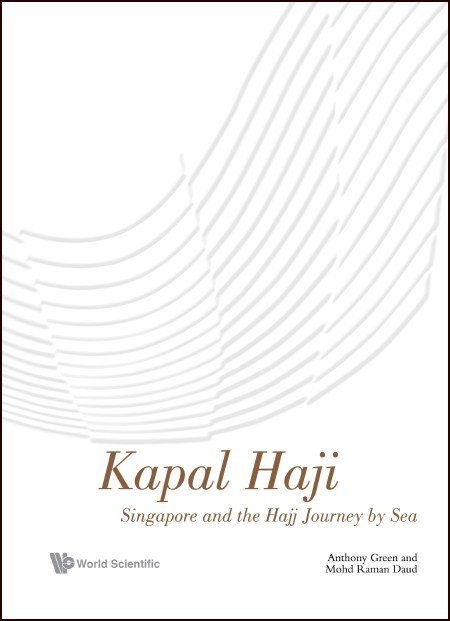The hajj calls Muslims to journey to Mecca from wherever they are across the world. Of the far-flung communities one of the largest is that of the Muslims of Southeast Asia, and within that region in times past, one of the principal centres for hajj transit and transport was Singapore. If modern air travel bridges continents within hours, before the 1970s, pilgrim travel from Southeast Asia was by sea, and distance and difficulties were far more strongly felt. Hajj pilgrims then might take a lifetime to save for the journey, so a great many were old and frail, yet no real records remain and very few personal accounts exist of the experience, the tests, or fears along the way, of the time spent under sail or by "steam." This book sets out to describe the development of hajj shipping and the historical place of Singapore in this network. And, through anecdotes and comparisons, images and maps, to paint a picture of what this hajj journey by sea entailed and, in that sense, to offer a kind of "human face" to the journey.
Related Link(s)
Sample Chapter(s)
Foreword
Introduction
Contents:
- Introduction
- The "Last" Journeys by Sea
- Setting the Scene: Singapore as a Port and a Setting for the Hajj
- Who Travelled? and When?
- Singapore and Kampong Glam: What is This Place We Have Come To?
- A Metropolis for the Malay World
- The Ships They Sailed In: The Days of Sail
- The Ships They Sailed In: Suez and Steam
- The S S Jeddah and the Alsagoff Connection
- Tyndareus: Photo Essay
- At Sea
- On Land in the Hejaz
- Returning: A Changed Person
- Looking Back: The End of the Kapal Haji
- Timeline: Some Key Events
- Appendix: Pilgrim Numbers from Southeast Asia in 1927
- Acknowledgements
- Epilogue: Some Thoughts About This Book
Readership: General public, researchers, politicians and students of social science.
"The authors illustrate the significance of Singapore as the administrative centre of the Straits Settlements and perhaps the major centre for hajj pilgrims from the region. Moving beyond fragments of dry information often found in editorials of newspapers, they provide the reader with ample evidence illustrating Singapore's significance in the historical narrative of the hajj, and the experiences of the pilgrims who travelled in wooden sailing ships — not the comfort of modern aircrafts. This book is a must read for academics, journalists and writers wanting to gain deeper and factual knowledge of the role of Singapore in the hajj journey of South-East Asian Muslims before the 1970s; for Muslim scholars seeking to appreciate the religious motivations, determinations and sacrifices of those pilgrims; and as a source of inspiration for all Muslims intending to undertake the sacred journey of the hajj." (Read Full Review)
Professor Mohamad Abdalla AM
Director, Centre for Islamic Thought and Education
University of South Australia
"Empirically rich and supplemented by numerous photographs and beautiful visual and graphics, it presents interesting detailed information on numerous facets of the history of this important global annual event, one in which Singapore played a not insignificant role. This includes information on the design of the various ships that were used for the journey in the course of a long history up till 1976. There are also sections on the urban landscape and physical transformations of the pilgrimage cities as well. The book's appendices also provide useful information such as a detailed chronology and some data on pilgrims."
Imran bin Tajudeen
Singapura Stories

Anthony Green born in the UK and living now in Christchurch, New Zealand, Tony has over thirty years' experience of working in Singapore and travelling around Southeast Asia. Add to that many years spent in education (and a much shorter time spent working in offices, an aircraft factory, and even driving London buses) and you get a broad knowledge base, a pretty large comfort zone and a wide-ranging empathy for people.
But nobody really works alone. If you listen to other people and hear how they see things then over time you build a network and those good connections and friendships mean we can draw on the knowledge, the conversations and the skills of others. In this case it's created links across different communities and languages and a wide range of specialisations: people we can call on — with knowledge of business, law, environmental education, engineering, medicine, aviation, Islamic finance, and more. Pretty diverse!

Mohd Raman Daud is a former senior journalist for Berita Harian (1984–2016), and former editor at Singapore Broadcasting Corporation (1980–84). He is also an author, community activist, editor of a number of books including Dr Muhd Ariff Ahmad's, NILAM.

























